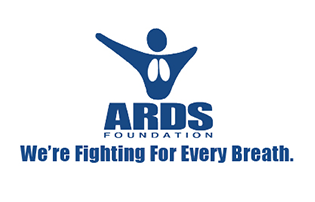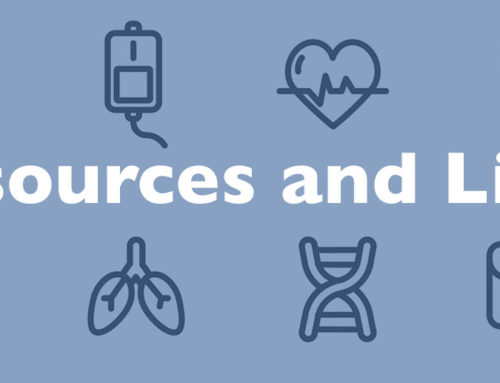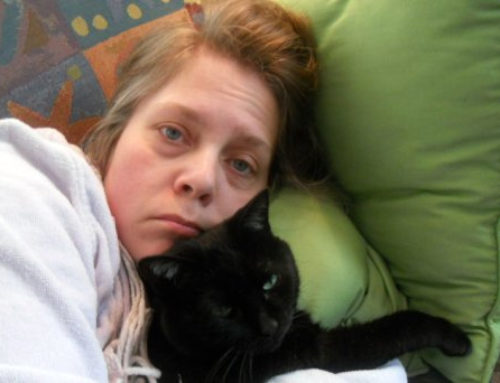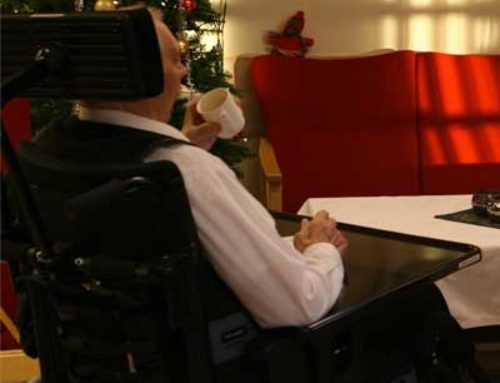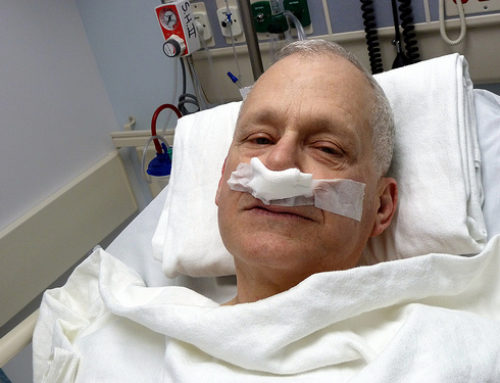Here are some helpful suggestions for if you would like to help someone afflicted with ARDS or their families.
Patients in a coma:
- Hold patient’s hand
- Massage patient’s hands, feet, arms legs with unscented lotion; it will soothe the patient’s anxiety and also prevent some of the dryness that some medications can cause
- Talk to patient, even telling stories or keeping patient informed: keep all conversations positive; any negative conversations should be discussed outside of the patient’s room
- Do not discuss stressful events that may be occurring at the time your loved one is in the hospital; the patient is taking in more than you know and will cause undo stress
- Read to the patient, from a book, magazine, or newspaper; even though your loved one is in a coma, many survivors note that they remembered things that were said or read to them
- Brush or stroke patient’s hair
- Place a cool/cold cloth on the patient’s forehead, when he/she is running a fever
- Create journal; most patients will want to know what was happening during their time in the coma and many will not recall the some of the time prior to being intubated.
- Bring in music that can be played on a CD cassette player; bring all different kinds of music that the patient enjoys in order to get a feel for which music will create a positive reaction
- Bring photos of family/friends/pets If the patient opens their eyes unexpectedly, they will see the faces of families, friends and pets
- Posting photos of your loved one when he/she was healthy will enable the staff to see the patient as they really are and thus, relate to him/her on a more personal level
- Play tapes of family sending messages, especially family members who can not be there
- Play tapes of children from the loved one’s family talking or singing
Patients out of a coma:
- Bring photographs of family/friends/pets
- Bring calendar and mark off days as they pass; when in the hospital for that length of time, days seem like nights and Mondays seem like Fridays
- Bring in music that the patient enjoys; select a variety of music and tempo; music may help in the reduction of anxiety and stress associated and agitation that the patient is experiencing
- Bring a clip board and pens that are easy to hold and easy to write with, either medium point ink or felt tip markers
- Bring paper or Dry-ease marker and memo board that can be erased (no fume pens)
- Read to the patient
- Create a phrase sheet for communication
- Bring a relaxation (stress reduction) tape or CD
- Bring a favorite blanket or stuffed animal
- Bring the patient’s own pillow and a soft, fresh pillowcase (flannel or cotton are soft and nice)
- Bring comfortable clothes for patient to rest in or sleep in once the staff allows the patient to wear their own clothes
- If flowers bother your loved one, you might want to consider bringing stained glass flowers, window cling flowers, plastic flowers, or drawings of flowers
- Create a vocabulary list of medical terms: PICC line, PEEP, o2 sat, pulse/ox, A line, vent, trach, etc…
- Create or maintain a journal for the patient as many would like to know what happened during their time in the coma and after, especially if sedation is heavy at times
- Keep the patients writings while in the hospital and on the vent; they will be interested in looking at these writings along with the journals
- Bring an answering machine to hook up to the telephone in the patient’s room. Leave a message explaining that the patient cannot talk but can hear your voice, so please leave a message. When there is no one in the room to answer the phone, the patient can hear the voices of loved ones and that will be uplifting and beneficial to the patient. This also allows those who cannot visit to feel that they are doing something for the patient.
- Bring a cordless phone to the hospital room if your loved one is in the hospital but not on the vent as the patient can keep the cordless phone nearby on the bed
- If the patient has difficulty using the call button for the nurses, ask the staff if they have something to make it easier; nothing causes more stress than not being able to get the nurses attention when you need them and no one is there to help
- Bring e-mail correspondence from survivors to give your loved one hope; read them to the patient and ask him/her if they have any questions that they would like to ask
- Ask the hospital if they have a VCR; many do for patient use. If they do and your loved one is up to it, rent some videos and watch them with your loved one.
- Make sure that there are not too many people in the patient’s room at one time; it is very stressful for the patient
- Be positive and uplifting; do not discuss such things as the mortality rate of ARDS or the fact that Jim Hensen allegedly had ARDS since the patient probably knows what happened to him
- Don’t wear perfume or cologne
What the family/friends can do for themselves:
- Be on good terms with intensive care nurses or nurses in the step down unit as they are usually the ones who keep you informed
- When questions arise, write them down so that when the physicians arrive, you will not forget to ask; do not be embarrassed to ask a lot of questions. The more educated you become, the easier it will be to understand what the doctors are saying and decisions that you may have to make relating to patient care
- When getting a decent cup of coffee for yourself on the way to the hospital, bring one for the nurse; bring sweet rolls or donuts on occasion. These hard working individuals will appreciate it more than you know; and they are the ones who are caring for your loved one, day and night.
- On occassion, l leave leave something for the nurse on midnight’s; nights are long and lonely for the nurses, too
- Create a list of doctors, nurses, receptionists with office address, phone number, e-mail address, pager numbers, fax numbers
- Gather literature about ARDS for yourself and for those who visit
- Take turns with the patient; usually, there is one person (spouse, parent, child) who spends the majority of time with the patient. Try to give THAT person a break every day.
- Compile phone and/or e-mail list and assign a particular person to notify family/friends of the patient’s progress
What to do for the caregiver:
- Bring lunch, dinner, snacks
- Bring change for phone calls; most hospitals ban cell phones inside
- Bring phone cards for pay phones.
- Drop by as often as you can just to see if there is something that you can do, even if it is just keeping the family/friends company
- Offer to make phone calls or pick up groceries; be specific. An offer of “please call me if I can do anything” is not the same thing as “what can I get you from the store?” suggestions include: shoveling the driveway or mowing the lawn, letting the dog out, watering the lawn and garden, watering plants, coming over for a cup of coffee and allowing the caregiver to just “talk”
- Offer to send e-mail update so the immediate family does not have to be calling several people everyday.
- Bring current newspapers, magazines, reading material as waiting room reading material is usually outdated
- Bring hand cream or lotion; those who have loved one’s in crisis rarely think of the small things
- Bring playing cards or hand held board games for the family to pass the time; these can be used by the patient later as he/she gets better
- If you can and the patient has pets and no one to care for them, offer to take the pets in while the patient is in the hospital. It will offer peace of mind to the patient, who won’t have to worry that their pets are not being properly cared for.
- If the patient lives alone, offer to pick up mail, notify newspapers to stop delivery, keep financial matters under control, water plants, tend to the house once in a while.
- Remember that the nature of ARDS is that the patient may be in the hospital, in critical condition for only a few weeks or as long as two, three, four or more months.
- Please do not forget that for the family, the first day is as difficult as the 50th day, as is the 100th day. The nature of ARDS is that of a roller coaster, with drastic ups and downs. Just as the family is feeling confident that their loved one has made improvement, the next day may bring a new crisis. And as everyone’s lives must go on, the life of the family member is in limbo; therefore, if the illness is extended, try to remember to make contact on a regular basis so that they will know that there are people to lean on while they remain strong for the patient.

